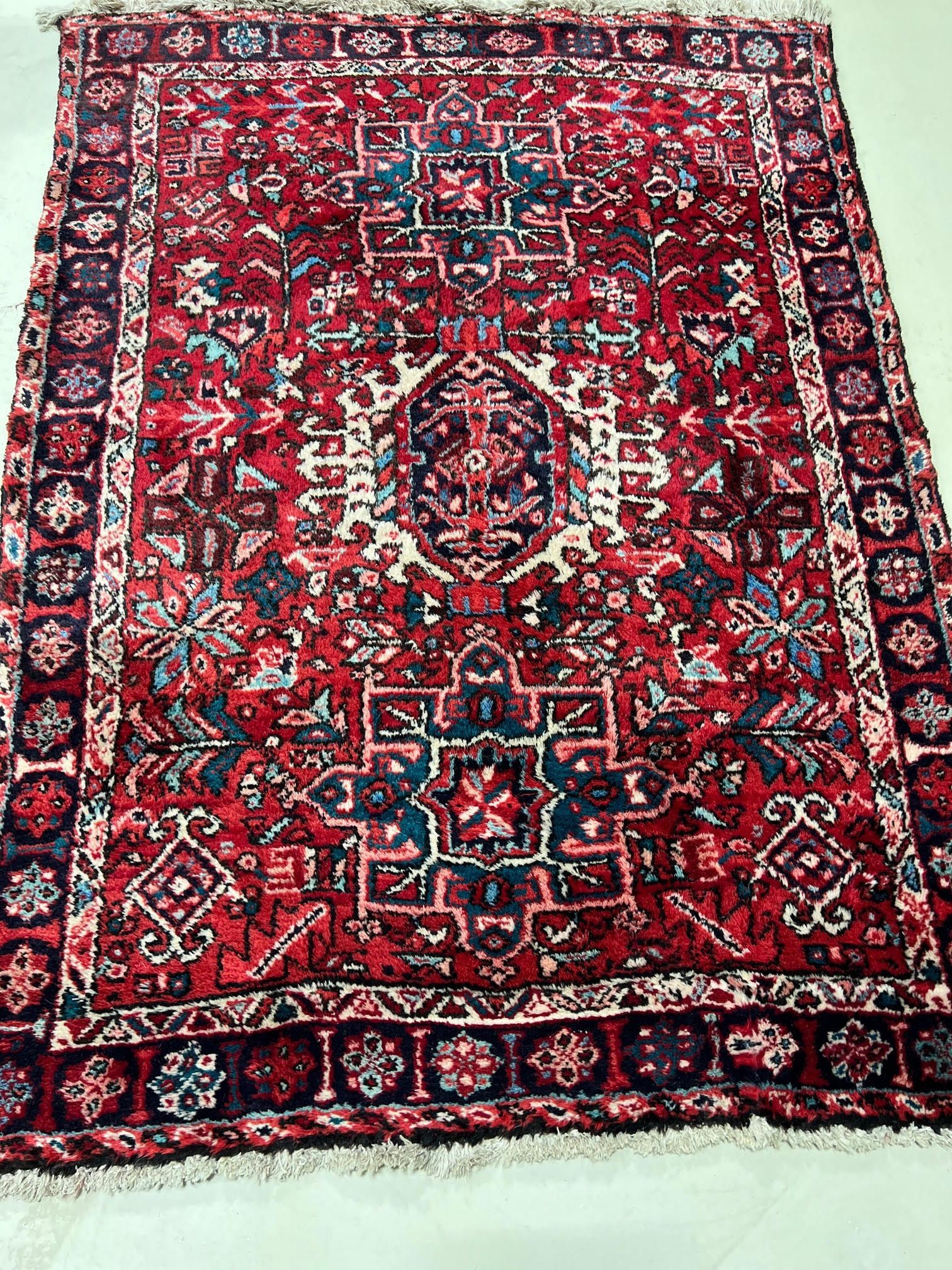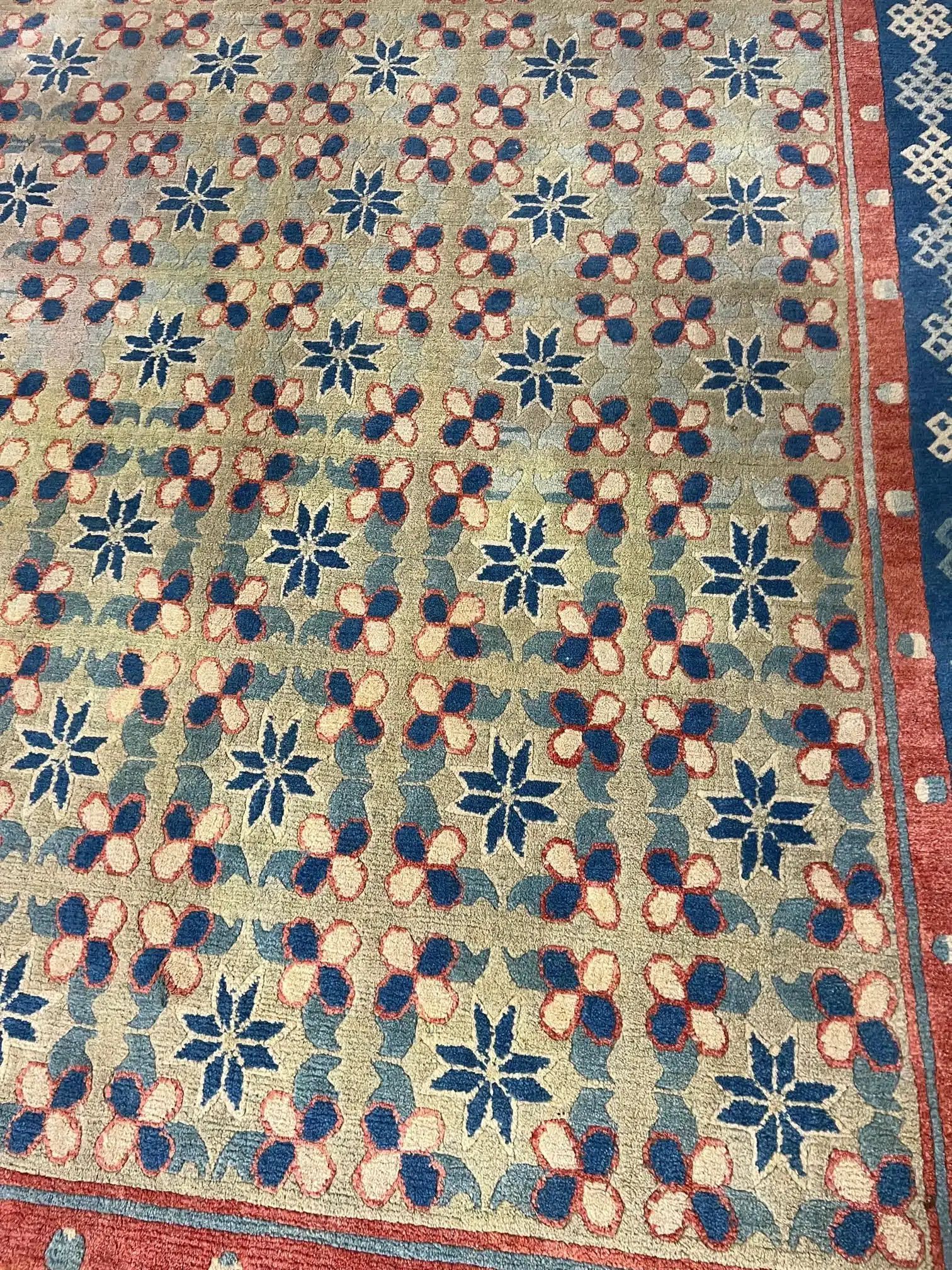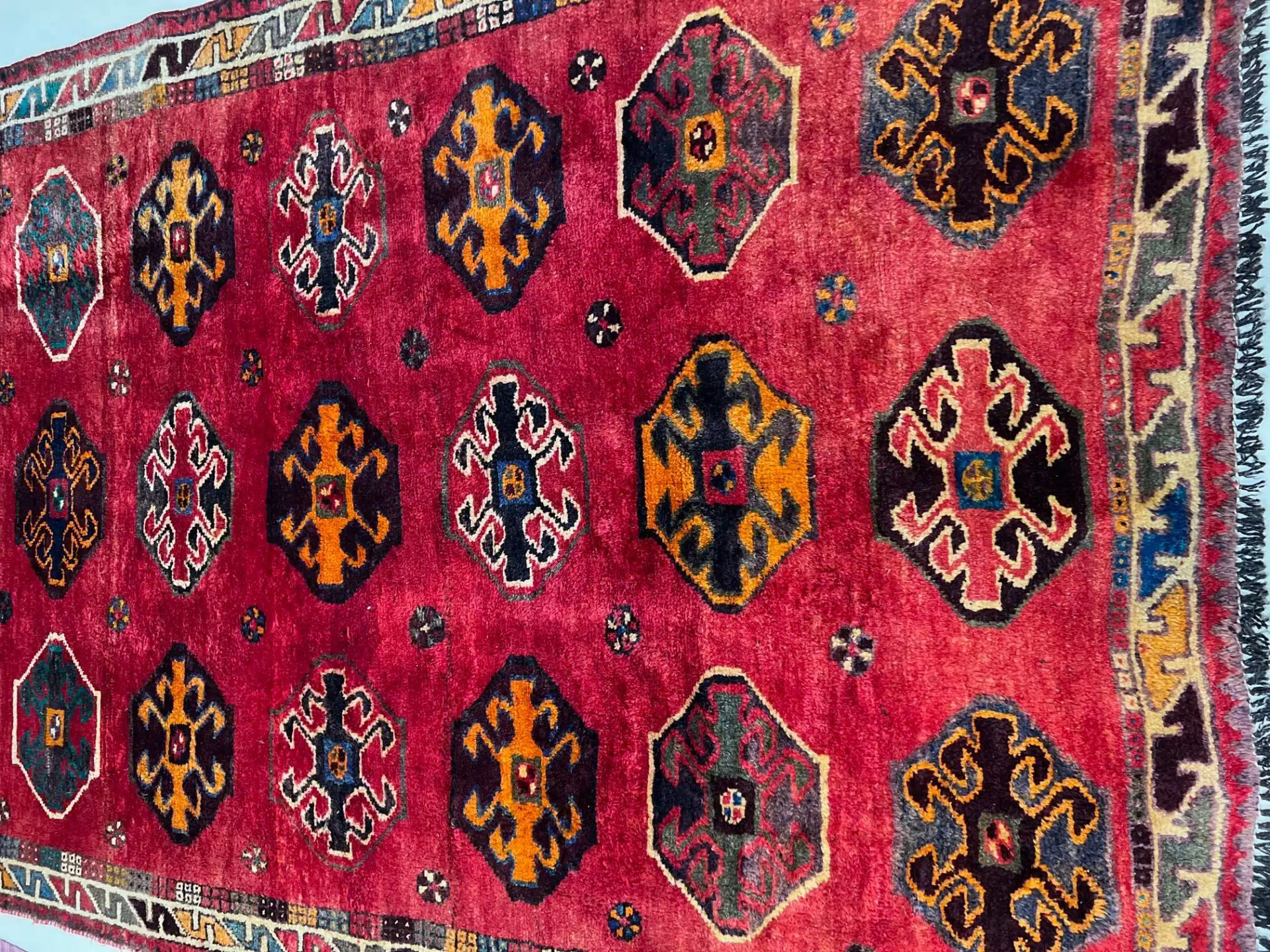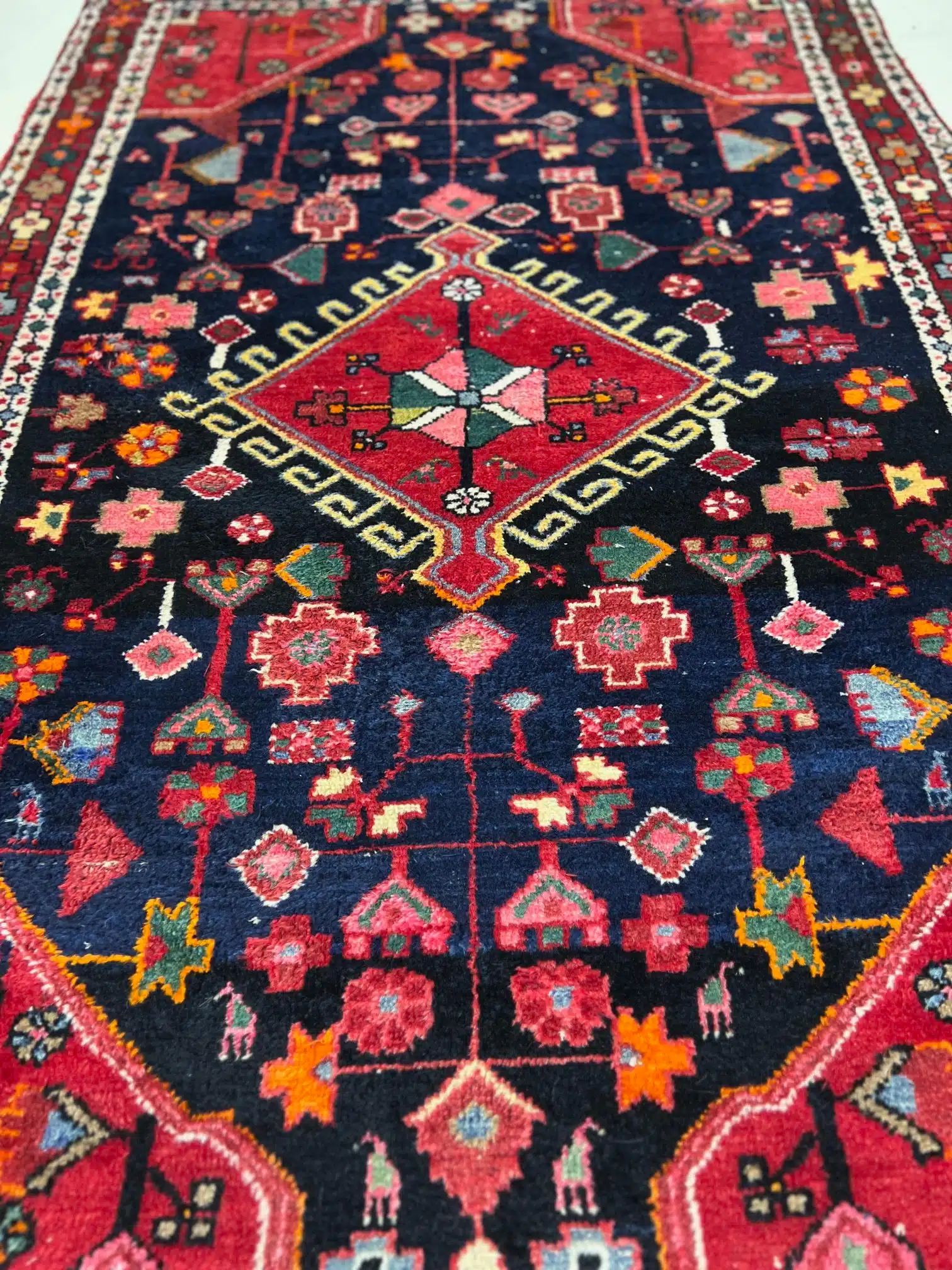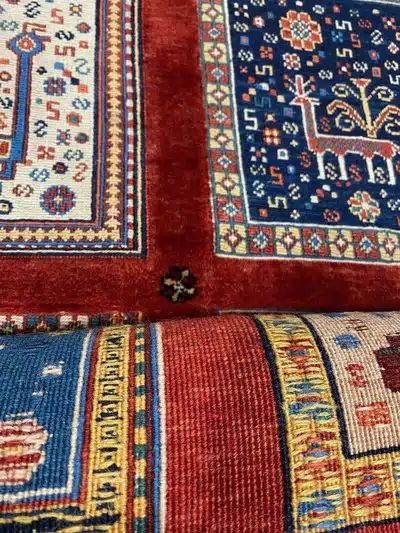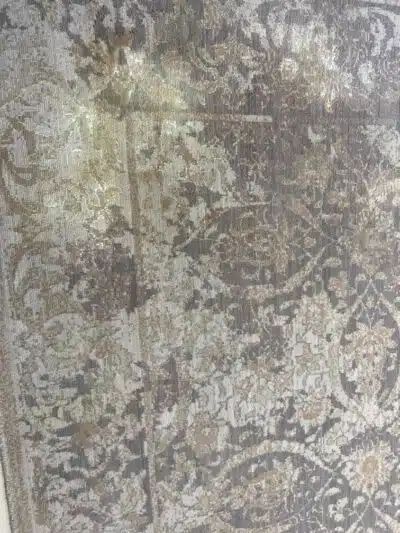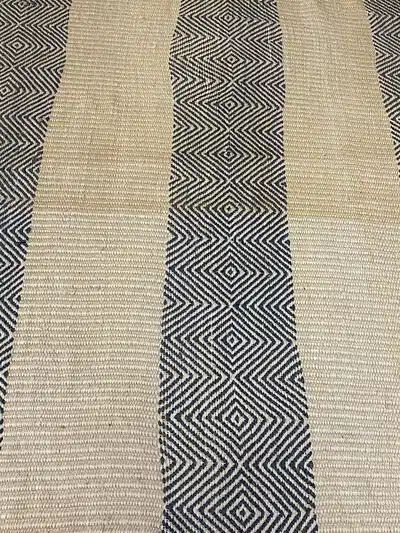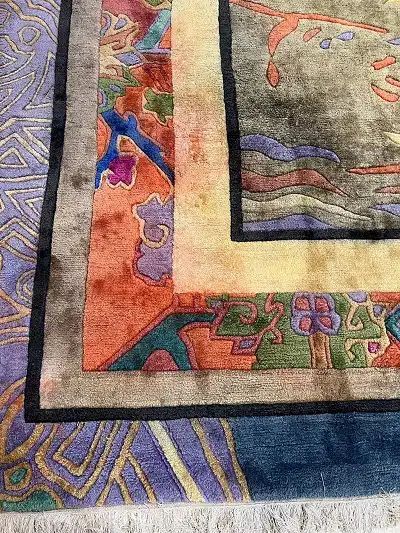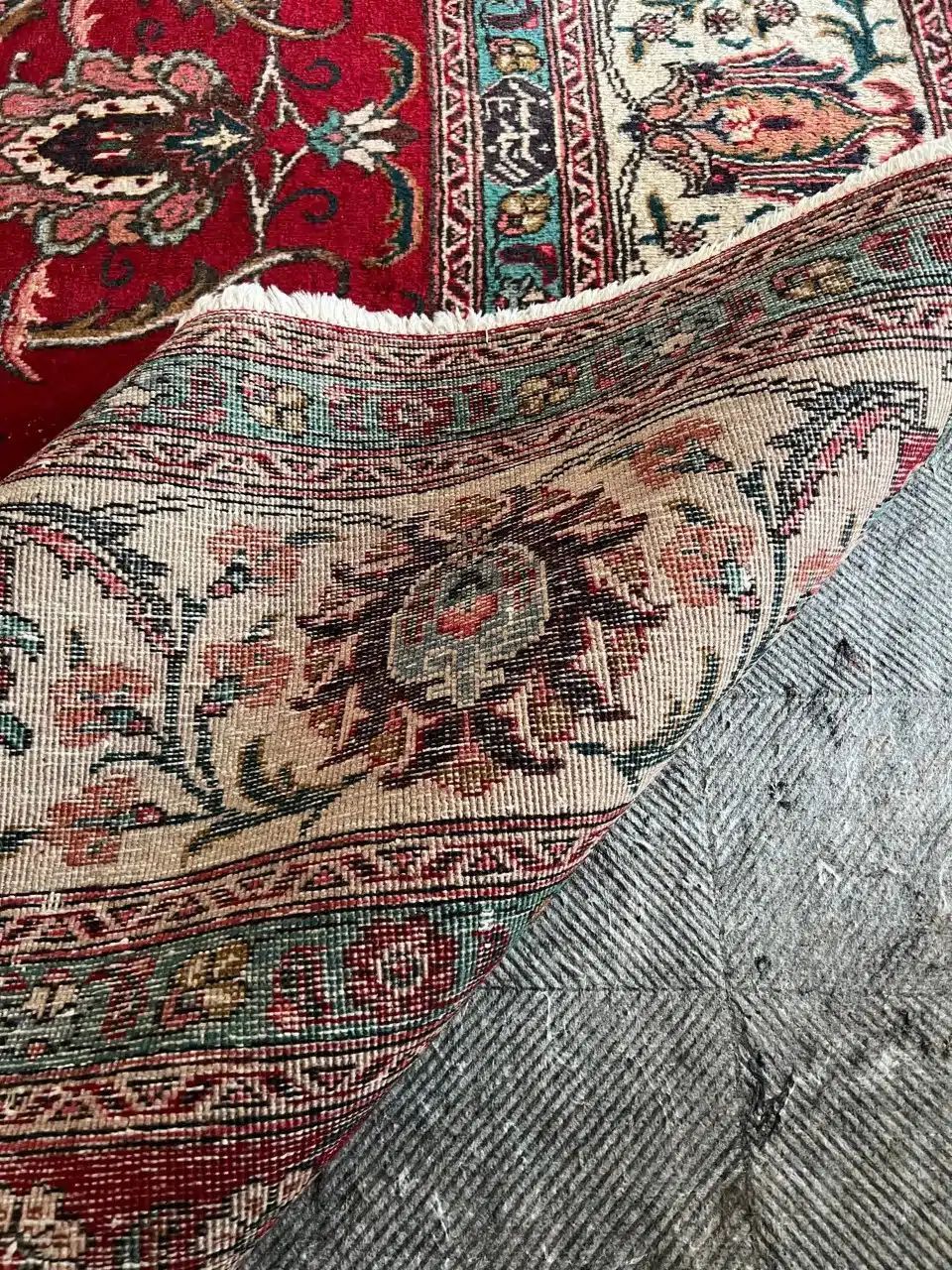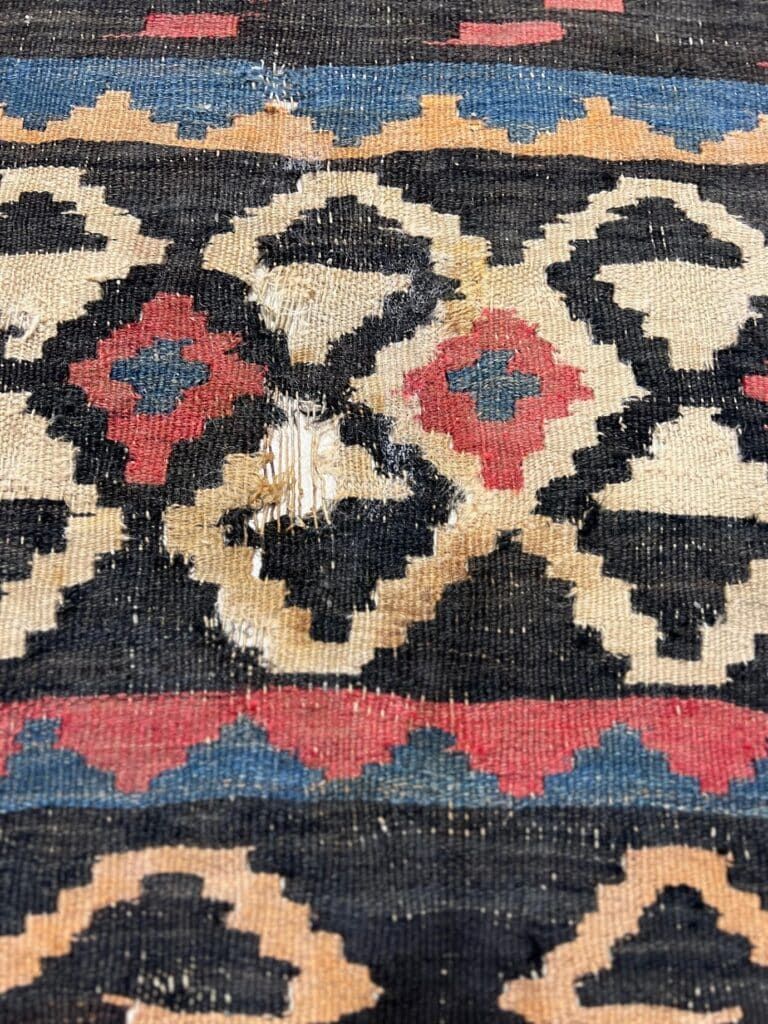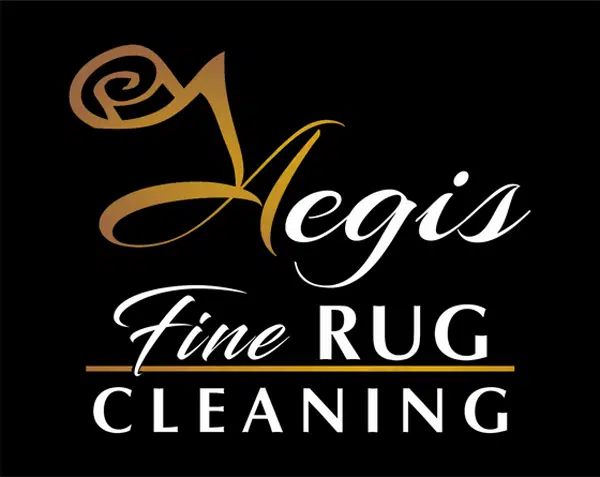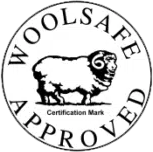The Rise of the Persian Rug
The Rise of the Persian Rug
The production of Persian rugs reached a peak in the 16th century. At this time, the Safavid Empire was located at the center of ancient trade routes. As its economy grew, so did the arts. Eastern Persia became a hub for the arts, and carpet artistry flourished.
Shah ‘Abbas was a patron of culture and the arts. He established a thriving city with beautiful and luxurious architecture and gardens. To revive the local economy, he made connections with foreign tradespeople and European countries.
Luxury Persian Rugs
This allowed for luxury materials and designs to be incorporated into the carpets that lined the court floors. Europeans began to import carpets as well as other exotic riches from the East. The designs were inspired by paintings from royal workshops, and the emperor built and maintained a retail bazaar area where imperial goods were sold.
The rugs that were made during this period were sophisticated and complicated. They often contained central medallions that were filled with arabesques and scrolling forms. Those would be surrounded by more sinuous patterns and bordered by an edge with a curvilinear pattern.
Europeans who traveled East recounted descriptions of the luxurious rugs. Some stated that no part of the world had better textiles than Persia. They marveled at the quality of the materials and designs.
Do Safavid Rugs Still Exist?
About 1,500 rugs from this time period reside in private collections and museums around the world. There may only be up to 3,000 Safavid rugs left throughout the world.
One of the most famous is the Ardabil carpet, which comes from the 16th century. Before the discovery of the Pazyryk carpet, the Ardabil carpet was the oldest dated Persian rug in the world. It contains an inscription on its border that identifies the date as 1539.
There were likely two identical Ardabil carpets. They were reconstructed to create the two that are in the collections of the Victoria and Albert Museum in London and the Los Angeles County Museum of Art.
Antique Persian Rug Cleaning
While you may not have a 15 th century Persian rug, many people do inherit antique rugs that can be quite old. In that case, you need an experienced professional to do an evaluation and cleaning to preserve it for future generations.
The post The Rise of the Persian Rug appeared first on The Austin Rug Cleaner.
